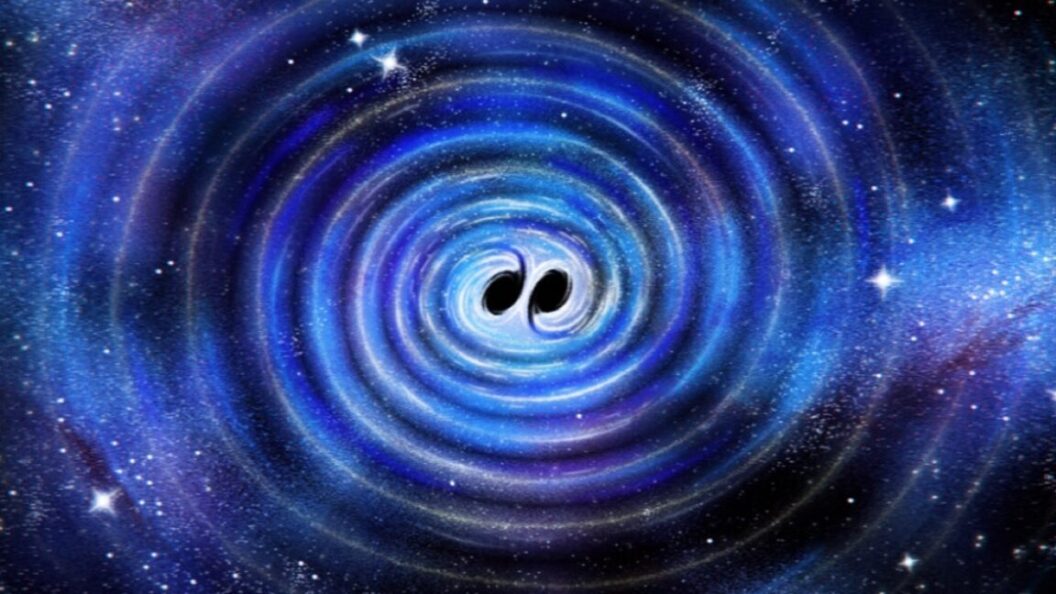Breakthrough in Black Hole Science: New Gravitational Wave Signals Confirm Theorems
Recent advancements in gravitational wave astronomy have offered scientists a new, clearer view of black hole mergers, bolstering key theoretical frameworks in physics. This study, centered around the event designated GW250114, showcases the enhanced sensitivity of the LIGO observatory, which has enabled researchers to delve deeper into the properties of black holes and their behavior post-merger.
Enhanced Sensitivity and Measurement
The LIGO (Laser Interferometer Gravitational-Wave Observatory) team successfully captured the gravitational waves from the GW250114 event, providing detailed measurements of the "ringdown" phase—the final phase of a black hole merger where the newly formed black hole settles into its new state. According to researchers, detecting this phase with greater clarity allows scientists to distinguish between the initial collision’s gravitational waves and those of the ringdown, a feat that was challenging during prior events like the first detection in 2015.
Maximiliano Isi, a co-author from Columbia University, emphasized the significance of these findings. “With this latest event, we obtained an exquisitely detailed view of the signal both before and after the black hole merger,” he noted, referring to the rigorous analysis enabled by LIGO’s upgrades.
Key Findings from GW250114
The data obtained from GW250114 revealed fascinating insights about the two initial black holes involved in the merger. Their total surface area was measured at about 240,000 square kilometers—comparable to the size of the United Kingdom. After the merger, the area of the new black hole expanded to approximately 400,000 square kilometers, akin to the size of Sweden. This substantial increase in surface area supports the "no hair" theorem, which asserts that black holes can be described solely by their mass, charge, and angular momentum.
Implications for Black Hole Physics
The implications of these findings extend beyond mere measurements. Hawking’s area theorem, which posits that the surface area of a black hole’s event horizon can only increase, aligns with the results from GW250114. The theorem has profound implications for the understanding of entropy in black holes, and highlights that the size of a black hole’s event horizon behaves like entropy, tying into the second law of thermodynamics. This relationship is a crucial element in ongoing efforts to formulate a quantum theory of gravity.
"It’s really profound that the size of a black hole’s event horizon behaves like entropy," stated Isi, indicating that understanding black holes could provide insights into the nature of space and time.
Reflections on Stephen Hawking’s Legacy
Kip Thorne, a physicist at Caltech and a close associate of the late Stephen Hawking, remarked on the significance of these findings. Thorne recalled Hawking’s excitement upon the first detection of gravitational waves in 2015 and expressed that Hawking would have relished the confirmation of his theories through this new data if he were alive. "If [Hawking] were alive, he would have reveled in seeing the area of the merged black holes increase," Thorne reflected.
Conclusion: A Step Toward Understanding the Universe
The results from GW250114 not only corroborate foundational theorems in physics but also represent a significant leap forward in our understanding of black holes and the fundamental laws governing our universe. As researchers continue to analyze and interpret these gravitational waves, the potential for groundbreaking discoveries about the interplay between black holes, entropy, and the fabric of spacetime remains vast and exciting.
Ultimately, this event serves as a testament to the power of advanced observational technology, driving home the point that the universe still holds many secrets, waiting to be unveiled through diligent scientific inquiry.









